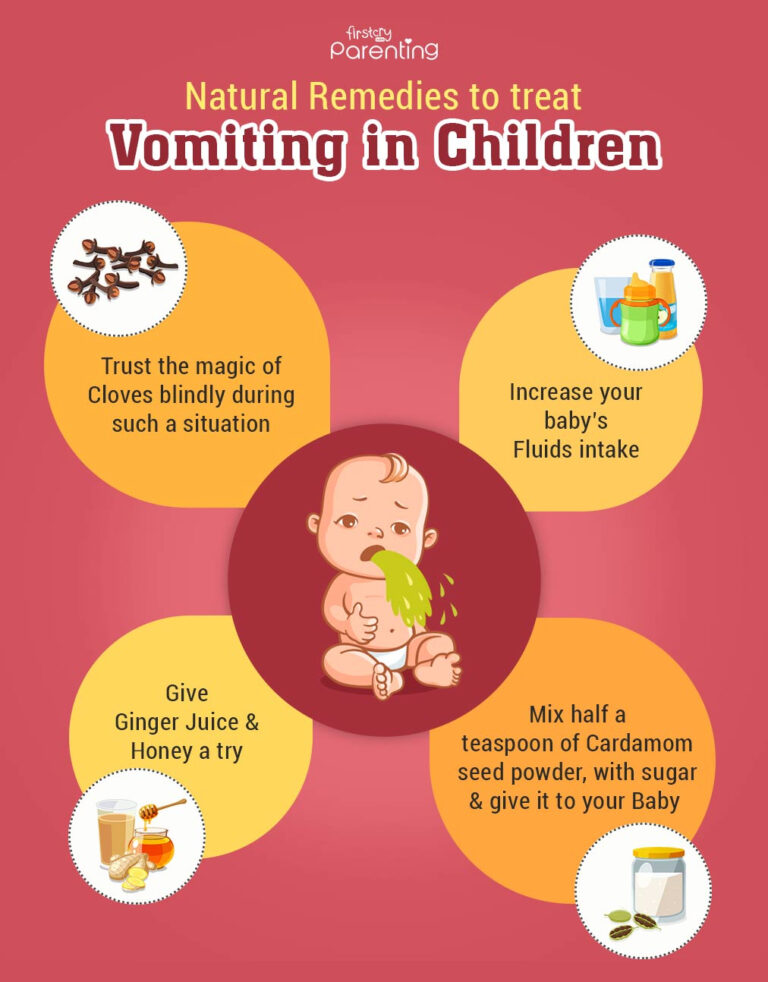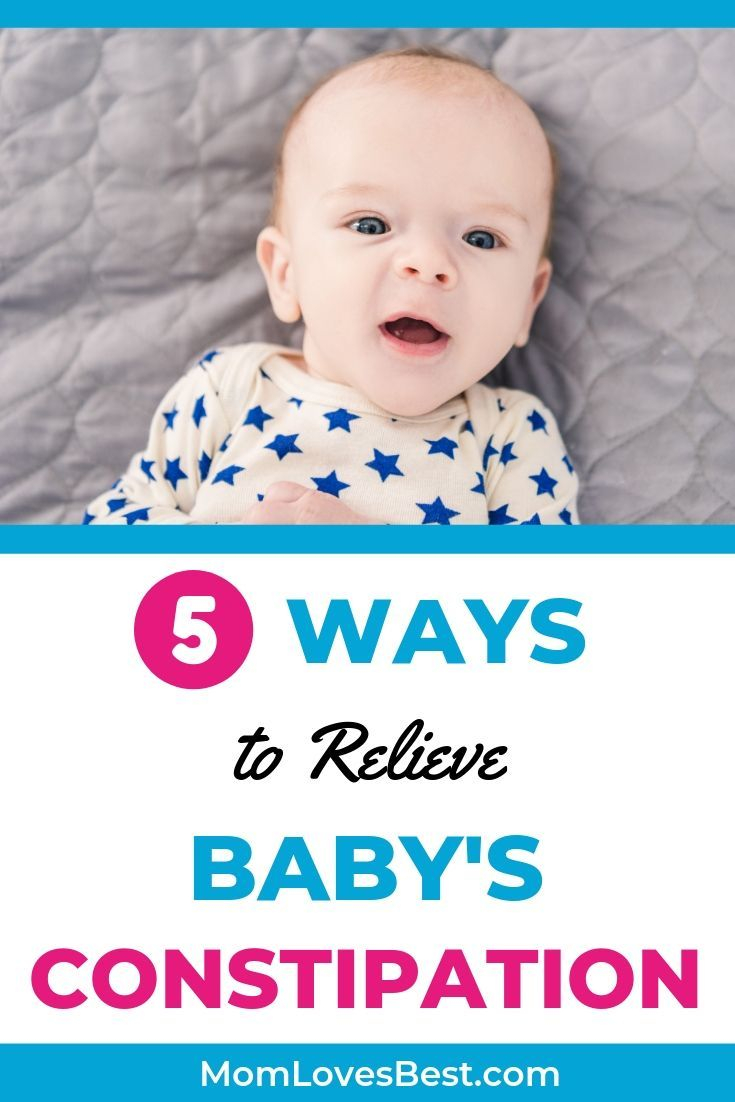Baby Cries When Put Down: Understanding the Reasons and Solutions
Have you ever experienced the frustration of your baby crying uncontrollably the moment you try to put them down? It can be a challenging situation for parents, especially when they are already exhausted and in need of a break. In this article, we will delve into the reasons why babies cry when put down and explore potential solutions to help both you and your little one find some peace.
Knowledge
One of the most common reasons why babies cry when put down is separation anxiety. Babies are used to being held closely by their caregivers, feeling safe and secure in their arms. When you try to put them down, they may feel a sense of separation and become anxious, leading to tears and distress.
Babies also cry when put down because they seek comfort and security. Being in your arms provides them with warmth, familiarity, and a sense of protection. When you remove that physical contact by putting them down, they may feel exposed and vulnerable, triggering their crying response.
Another reason why babies cry when put down is their need for stimulation. When they are in your arms, they have constant interaction, whether it’s through talking, singing, or simply feeling your touch. Being put down can feel boring and unstimulating for them, leading to cries for attention.
It’s essential to consider the possibility of physical discomfort when your baby cries when put down. They may be experiencing discomfort from gas, colic, or other digestive issues that are exacerbated when they are lying flat on their back. Addressing any underlying physical discomfort can help alleviate their crying.
On the flip side, babies can also cry when put down due to overstimulation. If they have been overstimulated by noise, lights, or activity, they may become overwhelmed and need a break. Putting them down in a quiet, calm environment can help them relax and soothe their crying.
Some babies cry when put down because they have developed sleep associations with being held. They may have become accustomed to falling asleep in your arms and struggle to transition to sleeping independently in their crib or bassinet. Establishing a consistent bedtime routine and gradually helping them learn to self-soothe can help address this issue.
Conclusion
Understanding why babies cry when put down is the first step toward finding solutions to help both you and your little one. By addressing their needs for comfort, security, stimulation, and addressing any underlying issues such as physical discomfort or overstimulation, you can help soothe their crying and create a more peaceful environment for everyone.
Parents who are struggling with a baby who cries when put down can benefit from seeking support from healthcare providers, parenting resources, and other parents who have experienced similar challenges. Remember that every baby is unique, and it may take some trial and error to find what works best for your little one.






